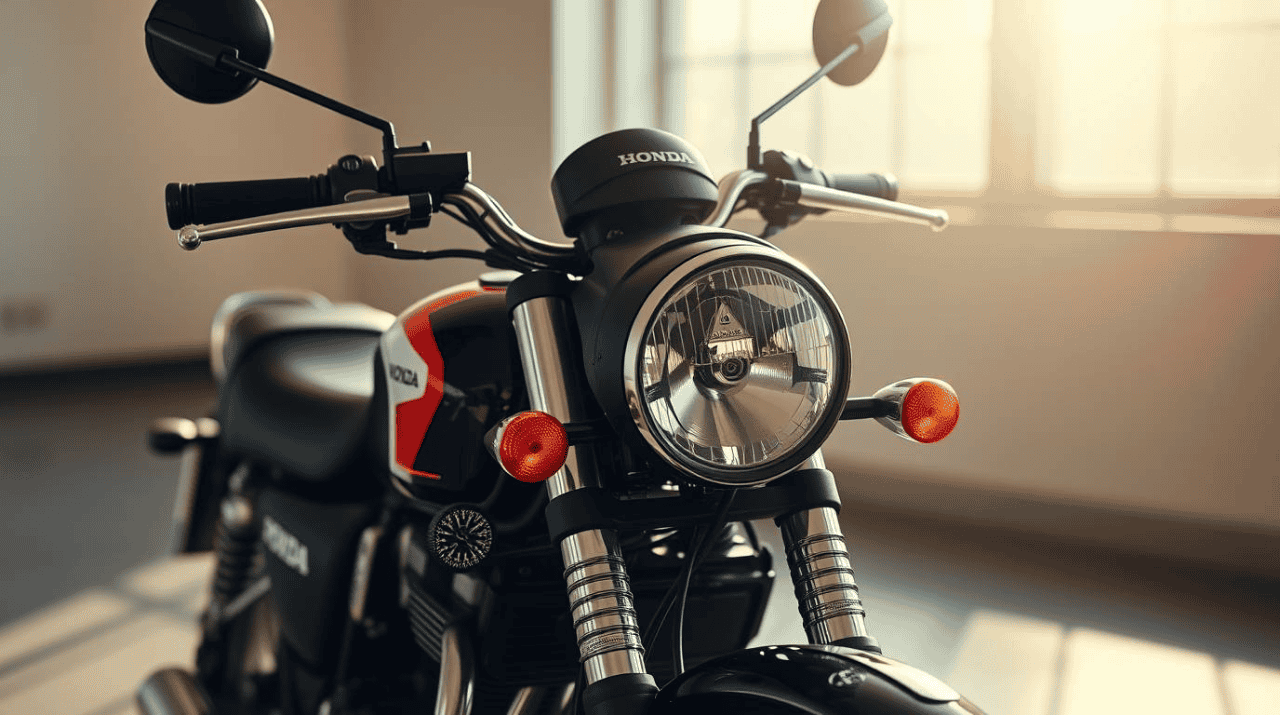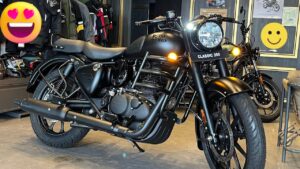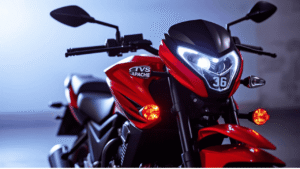If you’ve ever spotted a Honda Rebel 250 cruising down the road, you probably did a double take. There’s something charming about this little machine—it’s not trying to be a monster Harley, nor is it pretending to be a speed demon. Instead, the Rebel 250 has built a reputation over decades as the go-to cruiser for beginners, smaller riders, and honestly, anyone who just loves a classic no-fuss motorcycle. And despite Honda having retired the 250 in favor of the Rebel 300 and 500, the older models still hold their ground in used markets, clubs, and garages around the world.
Why the Honda Rebel 250 Became a Cult Classic
Back in the mid-1980s, Honda launched the Rebel 250 as part of its CMX line. It was built with a simple mission: make motorcycling approachable. The low seat height (just about 26 inches) meant even shorter riders could plant both feet firmly on the ground, which is a huge confidence booster when you’re learning. Pair that with a manageable 234cc parallel twin engine, and you’ve got a bike that’s forgiving but not boring.
Unlike sport bikes that rev high and demand constant gear changes, the Rebel 250 offered smooth low-end torque. It didn’t punish you for missing a shift, and it wouldn’t throw you off if you accidentally gave it too much throttle. For new riders, that balance was everything.
Perfect for City Riding and Light Cruising
Sure, the Rebel 250 isn’t going to win any races on the highway—it tops out around 70–75 mph depending on the rider’s weight and the wind. But where it shines is in urban commutes and backroad cruising. It’s light (about 330 pounds), flickable in traffic, and cheap on gas—often pushing 60 to 70 miles per gallon.
For people who wanted a “real” motorcycle without the intimidating size or cost, this was it. It looked the part with its mini-cruiser styling, chrome touches, and upright bars. You could roll up to a café or college campus, and nobody would guess you were on an entry-level machine.
A Training Bike That Became More
The Rebel 250 was a mainstay in Motorcycle Safety Foundation (MSF) courses across the U.S. for years. Thousands of riders got their very first taste of two wheels on this exact model. That speaks volumes about its ease of use and durability.
But here’s the twist: plenty of riders who started on a Rebel didn’t “upgrade” after a year. They just kept riding it. Some customized them with bobber kits, others used them as daily commuters, and many simply loved the laid-back feel. It wasn’t just a stepping stone—it was a keeper.
Cost, Maintenance, and Reliability
Honda’s reputation for reliability is legendary, and the Rebel 250 is no exception. The air-cooled engine is simple, and parts are widely available thanks to its long production run (1985–2016, with some breaks). Oil changes, chain adjustments, and brake pads are about as complicated as it gets for routine maintenance.
Even today, you can find used Rebels in decent shape for under $2,500, sometimes much less. Insurance tends to be cheap too, since the bike is small and not associated with reckless riding. For students, budget-conscious commuters, or anyone just dipping their toes into the motorcycle world, that’s a big deal.
Here’s a quick look at the specs that made it so approachable:
| Feature | Honda Rebel 250 (CMX250) |
|---|---|
| Engine | 234cc air-cooled parallel twin |
| Horsepower | ~16–18 HP |
| Seat Height | ~26.6 in |
| Weight | ~329 lbs (dry) |
| Top Speed | ~70–75 mph |
| Fuel Economy | 60–70 mpg |
The Rebel Legacy
Although Honda discontinued the 250 and shifted toward the Rebel 300 and Rebel 500, the DNA is still there: low seat, approachable handling, cruiser styling, and everyday practicality. The modern versions offer more power and technology, but they owe their existence to the little 250 that made riding accessible to an entire generation.
If you ask longtime riders about their first bike, don’t be surprised if “a Rebel 250” pops up in the conversation. It’s a reminder that motorcycles don’t have to be big, loud, or intimidating to be fun. Sometimes, they just need to be honest and reliable—two traits the Rebel carried effortlessly.
FAQs
Is the Honda Rebel 250 good for beginners?
Yes, it’s one of the most beginner-friendly motorcycles ever made, thanks to its low seat height, light weight, and forgiving engine.
Can the Rebel 250 handle highway speeds?
It can manage 65–70 mph for shorter stretches, but it’s not ideal for extended freeway riding. It’s best for city streets and backroads.
Is the Rebel 250 expensive to maintain?
Not at all. Parts are cheap, and routine maintenance is simple, making it one of the most budget-friendly bikes out there.
What replaced the Honda Rebel 250?
Honda introduced the Rebel 300 and Rebel 500 as modern successors, with more power and updated styling.
How much does a used Rebel 250 cost today?
Depending on condition and mileage, most sell between $1,500 and $3,000 in the U.S.



